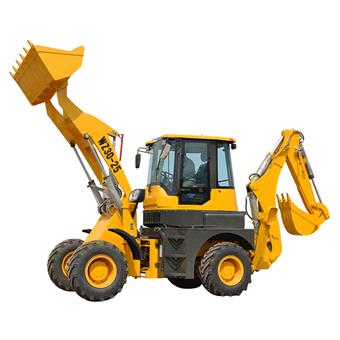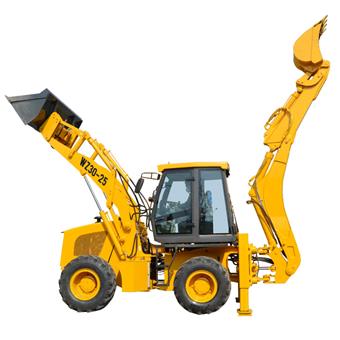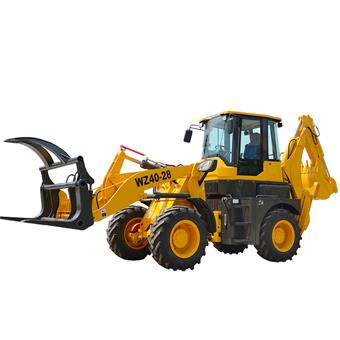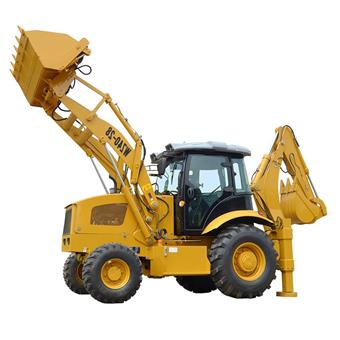
Notícias
Retroescavadeiras e carregadeiras são máquinas indispensáveis no setor de construção, cada uma delas projetada para tarefas específicas. Embora possam parecer semelhantes aos olhos não treinados, essas máquinas têm funções e aplicações distintas. Entender as diferenças entre uma retroescavadeira e uma carregadeira pode ajudar as empresas a escolher o equipamento certo para seus projetos.
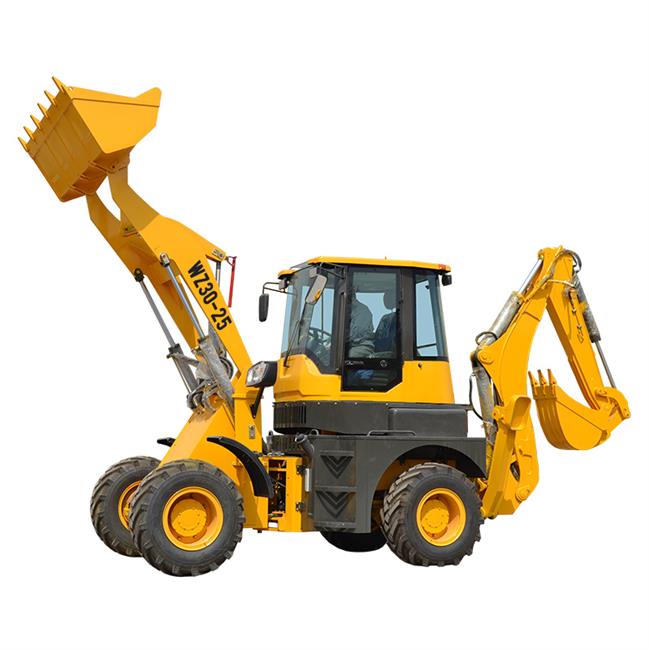
Uma retroescavadeira é uma peça versátil de maquinário pesado equipada com dois acessórios distintos:
Braço da retroescavadeira: Localizado na parte traseira, esse braço consiste em uma lança, um bastão e uma caçamba de escavação. Ele foi projetado para tarefas de escavação, como abertura de valas, buracos e fundações.
Carregador frontal: Posicionada na frente, essa caçamba pode ser usada para manuseio de materiais, como levantar, carregar ou empurrar detritos e materiais.
Capacidade de escavação: Ideal para escavação e tarefas de precisão.
Versatilidade: Ele pode lidar com tarefas como quebrar concreto ou paisagismo com acessórios intercambiáveis.
Design compacto: Adequado para canteiros de obras menores ou projetos urbanos.
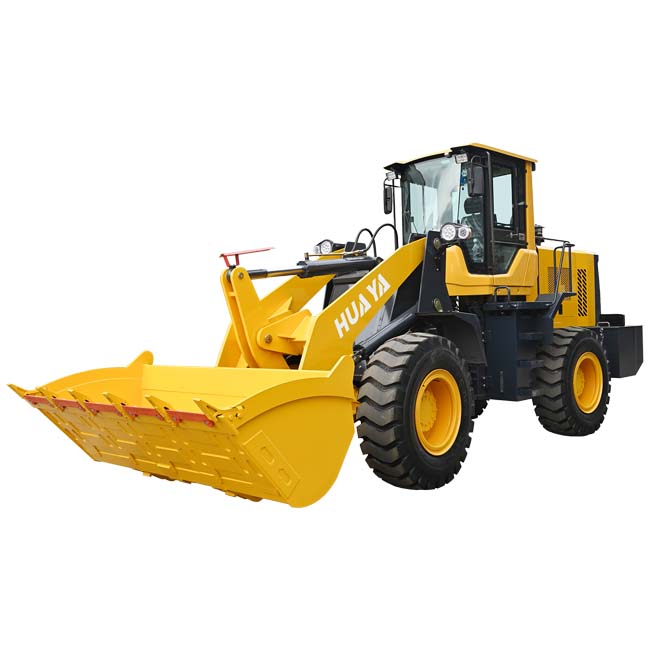
Uma carregadeira, geralmente chamada de carregadeira frontal, é um equipamento especializado projetado principalmente para movimentar e carregar materiais. Ao contrário de uma retroescavadeira, ela não possui um braço de escavação.
Balde dianteiro grande: Usado para escavar, transportar e descarregar materiais soltos, como solo, cascalho ou areia.
Desempenho para serviços pesados: Capacidade de lidar com grandes volumes de materiais de forma eficiente.
Operação simples: Seu design de finalidade única facilita a operação.
Escolha uma retroescavadeira se o seu projeto exigir escavação, abertura de valas ou várias tarefas em um único local de trabalho.
Escolha um Loader se seu foco for movimentar e carregar materiais rapidamente em canteiros de obras maiores.
Entender as diferenças entre uma retroescavadeira e uma carregadeira é essencial para selecionar o equipamento certo para maximizar a produtividade e a eficiência. Ambas as máquinas são essenciais na construção, mas suas características distintas as tornam adequadas para tarefas específicas. Se sua prioridade é versatilidade ou volume, a escolha certa depende das necessidades de seu projeto.
